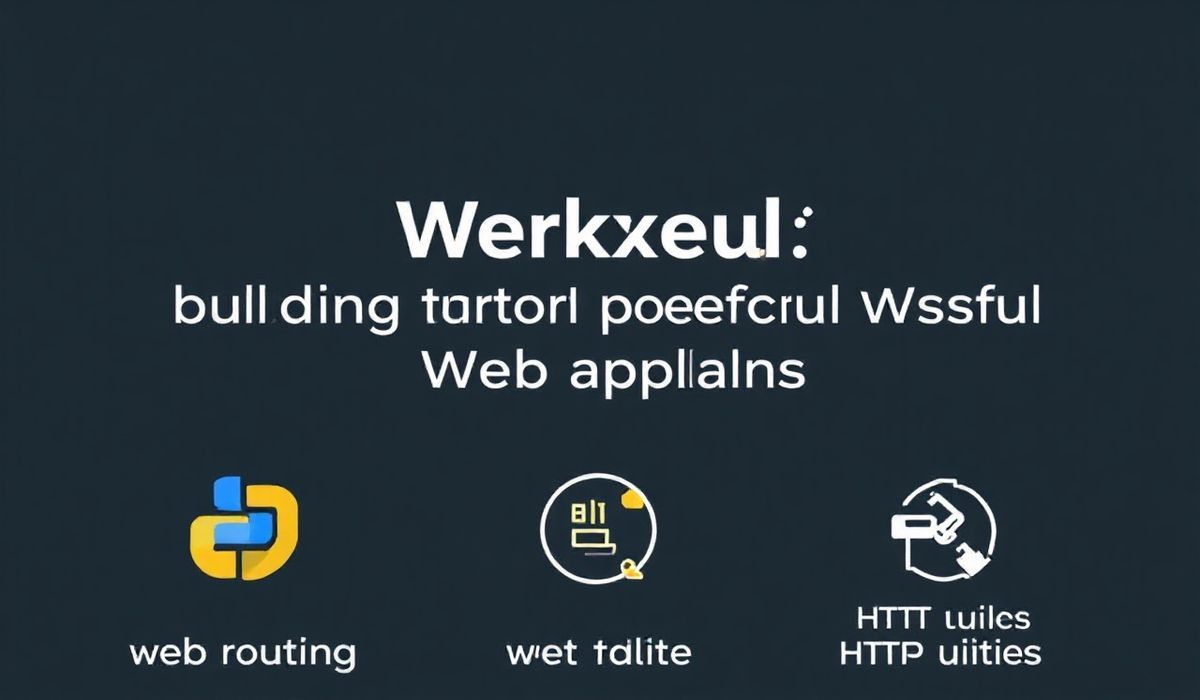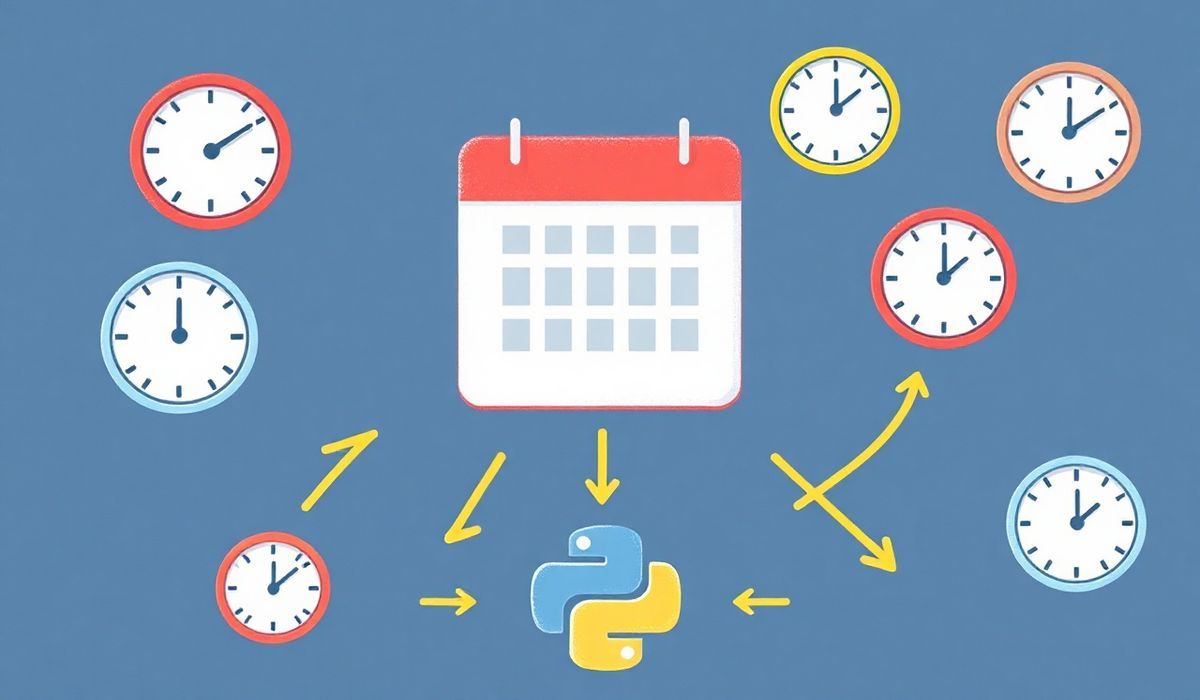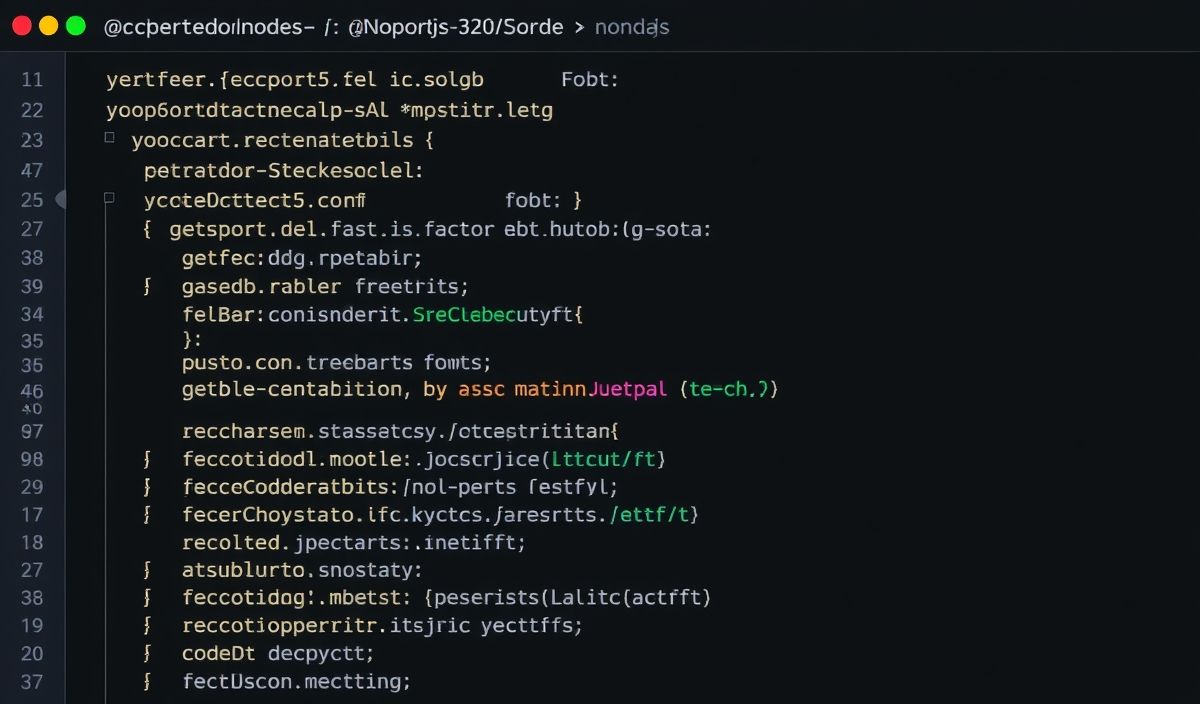Introduction to Werkzeug
Werkzeug is a comprehensive WSGI (Web Server Gateway Interface) utility library for Python. It serves as one of the foundational components of many popular web frameworks, including Flask. Equipped with a robust set of utilities and tools, Werkzeug simplifies the process of building web applications, handling requests, and working with various HTTP-related functionalities.
In this article, we’ll dive deep into Werkzeug’s APIs, explore some code examples, and create an application utilizing the introduced APIs. Whether you’re a beginner or an experienced developer, this guide will help you make the most of this powerful library!
Key APIs and Examples
1. Request and Response Objects
The Request and Response objects in Werkzeug make it easy to handle HTTP requests and form HTTP responses.
Example: Basic Usage of Request and Response
from werkzeug.wrappers import Request, Response
@Request.application
def application(request):
return Response(f'Hello, {request.args.get("name", "World")}!')
if __name__ == "__main__":
from werkzeug.serving import run_simple
run_simple('localhost', 4000, application)
2. URL Routing
Werkzeug provides a powerful routing system, allowing you to map URLs to specific functions and handlers efficiently.
Example: Routing Using Map and Rule
from werkzeug.routing import Map, Rule
from werkzeug.wrappers import Request, Response
url_map = Map([
Rule('/', endpoint='index'),
Rule('/hello/<name>', endpoint='hello'),
])
endpoints = {
'index': lambda request: Response('Welcome to the Werkzeug App!'),
'hello': lambda request, name: Response(f'Hello, {name}!'),
}
@Request.application
def application(request):
urls = url_map.bind_to_environ(request.environ)
endpoint, args = urls.match()
return endpoints[endpoint](request, **args)
if __name__ == "__main__":
from werkzeug.serving import run_simple
run_simple("localhost", 4000, application)
3. Parsing Form Data
Werkzeug makes it simple to extract form data from incoming requests.
Example: Handling Form Data from POST Requests
from werkzeug.wrappers import Request, Response
@Request.application
def application(request):
if request.method == 'POST':
name = request.form.get('name', 'Guest')
return Response(f'Thank you for submitting, {name}!')
return Response('Submit your name via POST.')
if __name__ == '__main__':
from werkzeug.serving import run_simple
run_simple('localhost', 4000, application)
4. HTTP Utilities
Werkzeug supports many HTTP utilities, such as working with cookies, handling redirects, and more.
Example: Setting and Retrieving Cookies
from werkzeug.wrappers import Request, Response
@Request.application
def application(request):
response = Response('Welcome! Check your cookies.')
if not request.cookies.get('visited'):
response.set_cookie('visited', 'yes', max_age=3600)
response.data = 'Welcome, first-time visitor!'
else:
response.data = 'Welcome back!'
return response
if __name__ == "__main__":
from werkzeug.serving import run_simple
run_simple('localhost', 4000, application)
5. Middleware
The library allows attaching middleware components to your application, enabling pre- and post-processing of requests and responses.
Example: Custom Middleware
from werkzeug.wrappers import Request, Response
class UpperCaseMiddleware:
def __init__(self, app):
self.app = app
def __call__(self, environ, start_response):
response = self.app(environ, start_response)
response.data = response.data.upper()
return response
@Request.application
def application(request):
return Response('Middleware is fun!')
if __name__ == '__main__':
from werkzeug.serving import run_simple
app = UpperCaseMiddleware(application)
run_simple('localhost', 4000, app)
Sample Application with Werkzeug
Below is a complete example of a Werkzeug-powered app, showcasing multiple APIs and functionality.
from werkzeug.routing import Map, Rule
from werkzeug.wrappers import Request, Response
url_map = Map([
Rule('/', endpoint='index'),
Rule('/hello/<name>', endpoint='hello'),
Rule('/form', endpoint='form'),
])
def index(request):
return Response('Welcome to Werkzeug App! Navigate to /hello/<name> or /form')
def hello(request, name):
return Response(f'Hello, {name}!')
def form_view(request):
if request.method == 'POST':
name = request.form.get('name', 'Guest')
return Response(f'Thank you for submitting, {name}!')
return Response('Submit your name via POST.')
endpoints = {
'index': index,
'hello': hello,
'form': form_view,
}
@Request.application
def application(request):
urls = url_map.bind_to_environ(request.environ)
endpoint, args = urls.match()
return endpoints[endpoint](request, **args)
if __name__ == '__main__':
from werkzeug.serving import run_simple
run_simple('localhost', 4000, application)
Conclusion
Werkzeug is a versatile library for Python developers building WSGI-compliant web applications. With its user-friendly APIs, robust routing system, and extensive HTTP utilities, Werkzeug serves as a powerful toolkit for both beginners and professionals. Start exploring Werkzeug to build efficient and scalable web applications today!




